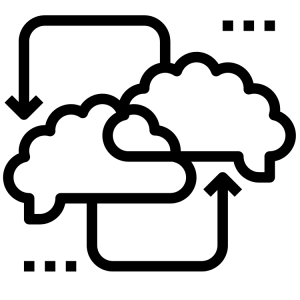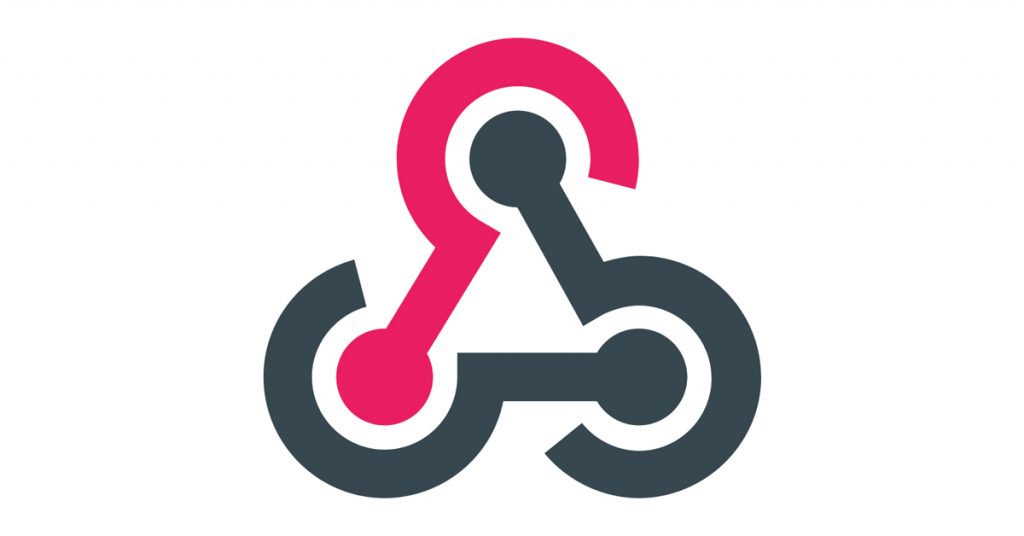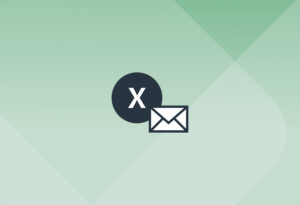What is A Webhook
A webhook is an automatic transfer of data from a primary location, like an email account or completed webform, into a secondary, predetermined location. It’s a shortcut to get information from one place to another, typically more useful, place. In the case of Mailparser, it is generally from our email parser to your favorite app or API. Transport is via the web with an HTTP request to a web address (URL). A webhook eliminates the need to regularly poll for new data in various locales. Instead of spending time and energy asking, “any new data here yet?” over and over again, the webhook posts the data without you having to ask for it. With webhooks initiated, data will automatically be delivered wherever else you tell it to go, as it is received. What is a webhook? We hope this post will help you understand.
In the real world, it’s kind of like the UPS delivery person texting you that they have delivered a package instead of you needing to check your doorstep every night; they let you know the package is there instead of leaving it up to you to find out. The “data” in this case is confirmation of package delivery. That data will be received at the doorstep, so the doorstep is the primary data bank. However, it is much more practical and useful if that data is also received at a secondary location like your phone, or email. The UPS driver scans your parcel, this triggers your account settings and sends a text to your phone letting you know the package has arrived, thereby transferring data from your doorstep to your phone. This represents the idea of what a webhook does in the computer world. You never needlessly check your doorstep again in the real world, and you cut down on time spent polling data banks in the computer world.
Why Use Webhooks
Mailparser Webhooks can help you maximize the functionality of all your business apps by circumventing a big roadblock: manual data entry. A webhook will get your data into your apps without a lot of grunt work. Automation is one of the oldest tricks in the book, for good reason: It saves time and limits errors again and again. Your lead management, sales, accounting, and help desk ticket apps are useless without accurate data flowing into them in a timely manner. A Mailparser webhook silently delivering data behind the scenes can be the difference between seamless automation, and hours of wasted time and money on manual data entry and other under-utilized tools you pay for every month. What is a webhook? Frankly, it is the key component in unlocking efficiency, productivity, accuracy, and ultimately additional profits.
How Mailparser Webhooks Streamline Data Delivery
Mailparser Webhooks in Action
Webhooks can be used for delivering data to any URL, so the options for using them are wide open. Just think of where you need the parsed email data to end, and a Mailparser webhook can get your data from your email to that location. Frequently used Mailparser webhooks involve depositing lead data into lead management tools, sales data into accounting and marketing tools, and even server and system notices to you IT team. Create an account now with Mailparser, or read our getting started email parsing tutorial.
Automate Lead Management with Mailparser Webhooks
Incoming leads. There’s no doubt you collect lead information in all sorts of ways. If your email serves as a catch-all repository for this data, you can set up Mailparser webhooks to automatically get that email lead data from your inbox to various apps. Lots of different apps need the same lead data – your CRM, Google Sheets, email marketing platform, etc. Information is funneled from initial entry (say, an online form) to your email, parsed and structured by Mailparser, and finally deposited via webhook to exactly where you can make the most use of it. You did NOT check your forms, or your email, or manually enter the data into your CRM. It was done automatically with a Mailparser webhook. Trying to create and email to lead workflow in Salesforce? Want to send lead data to Mailchimp? These are just a couple of ways to empower your lead generation efforts by answering… What is a webhook? When used properly, it is a really awesome tool that can massively impact your business through integrations, or by sending HTTP POST payload to the webhook’s configured URL.
Business Data. You probably send and receive sales receipts, invoices, shipping notifications, and delivery notices with loads of sales data embedded within them. Parse your copies of the sales receipts with Mailparser, and have all the pertinent data structured, and delivered directly to your accounting tool of choice (Sage, Xero, Freshbooks, Quickbooks etc.) with an integration or webhook. You can also send that data to other platforms, like email marketing. The same sales receipt data can be sent from your email to your favorite marketing tool using a webhook. The options are virtually limitless.
Above are just two of potentially thousands of use cases for our email parser software and webhooks. Webhooks can save you time, improve accuracy, and are a reliable way to get data from your emails to multiple places, at warp speed. Mailparser has native integrations with Salesforce providing email to lead workflow, Zoho CRM, Google Sheets, Microsoft Flow and Zapier. The options unlocked with this toolkit are nearly unlimited. You can also use generic webhooks to send your parsed data to a specific URL on the web. This can be your own private script or a third party API endpoint. Within our app, you’ll find several options which let you format and structure the payload of the request. You can also define a custom payload template which fits the requirements of the API you want to use.
We hope you have a better understanding of… What is a webhook and how can your business reap the opportunity it provides? Time to get started.


